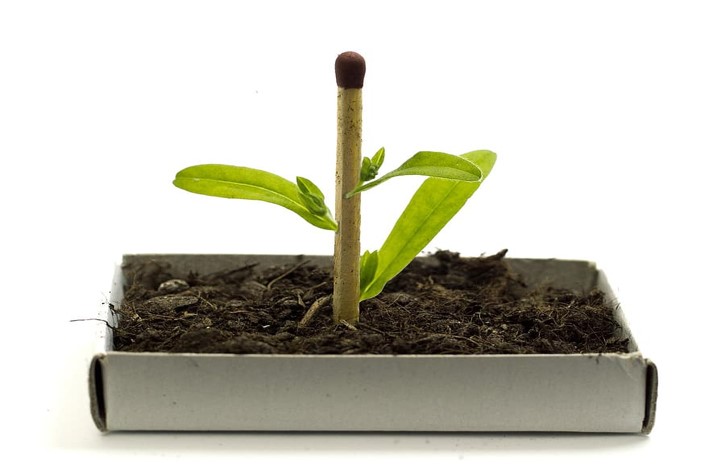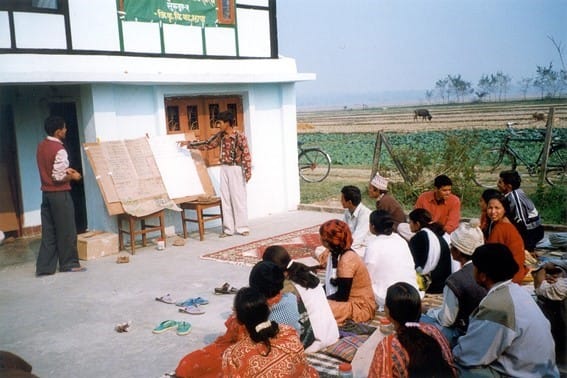Rust Disease
Wheat Rust is a plant disease in which parts of the plant appear rusty and is caused by fungi of the genus Eurydinales.
Rust disease appeared as an epidemic in many regions of India such as Madhya Pradesh, Maharashtra, West Bengal, Bihar, Uttar Pradesh, Jalore, and Rajasthan.
Dr. K.C. Mehta is known as the ‘Father of Indian Rust’. Rust disease of wheat was first described in detail by Fontana and Tozzetti in 1967.
Rust fungi produce 5 types of spores:
- Picno spores
- Ischium spores
- Urido spores
- Tilio spores
- Basidium spores
which are made in 5 different fruit bodies
- Picnium
- Ichium
- Uridium
- Tilium
- Basidium
- For this reason, they are called macrocyclic rust fungi. In India, Brown and Yellow rust usually causes more damage.
- Tiliospores of rust fungi is also called resting spores. Eurydospores of rust fungi is also called repeating spores.
- Wheat rust fungus is of heterogeneous nature.
- Brown rust is the most common and most damaging disease in India.
Three types of rust diseases are found on wheat:-
- Brown rust (leaf rust)
- Black rust (stem rust)
- Yellow rust (striped rust)
Black rust (stem rust) of Wheat
In northern India, the disease does not appear before March. For this reason, it is also called late rust. This disease is also known as Stem rust.
- Ug-99 is a new dangerous and fast-spreading species of black rust fungus. It originated in Uganda (1999).
symptoms of disease
- The outbreak of this disease is more on the stem of wheat. For this reason, it is also called stem rust disease.
- In India, this disease appears at the end of March. In the early stages of the disease, brownish pustules of eurydia spores appear on the stem, leaves, and leaf sheaths. This makes the plant look rusty.
- In this disease, the size of the affected plant decreases, and the grains become shriveled and light.
Pathogen of Balck Rust
Puccinia graminis var. tritici
| Kingdom | Genus | Species |
| Fungi | Puccinia | graminis var. tritici |
- It is an obligate parasite, polymorphic and macrocyclic fungi.
- It is a heteroecious fungus i.e. it requires two different hosts (wheat and barberry) for its entire life cycle.
- Wheat is this pathogen’s main host, and barbari is the alternate host.
- The mycelium of fungi is intracellular.
Brown Rust of Wheat
- In India, It Is Found More In The Northern And Southern Parts. The Disease Appears Earlier Than The Black Rust.
- In Bihar And Uttar Pradesh, This Disease Appeared As An Epidemic On Sonalika Variety Of Wheat.
- This Disease Is Also Known As ‘Leaf Rust‘ Or ‘Orange Rust‘ Or ‘Gerua‘.
symptoms of disease
- In this rust disease, uredino pustules are mainly formed on the leaves, For this reason, it is called leaf rust.
- Initially, they are formed only on the upper surface of the leaf, later on, both are formed on the surface.
- Due to the brown color of uridinioblasts, it is also called brown rust disease.
Pathogen of Brown Rust
Puccinia recondita/ Puccinia triticina
| Kingdom | Genus | Species |
| Fungi | Puccinia | recondita or triticina |
- It Is An Obligate Parasitic And Polymorphic Fungus.
- It Is A Large Cyclic Fungus As It Produces Five Types (Picno Spores, Asio Spores, Euridio Spores, Tilio Spores, And Basidio Spores).
- Mycelium Is Intracellular.
Yellow rust of Wheat
- This disease is also called ‘Stripe rust.
- This disease is mainly found in the northern and northwestern regions of India.
- This disease appears sooner than other rust diseases. That is why it is also called early rust.
Puccinia striiformis
| Kingdom | Genus | Species |
| Fungi | Puccinia | striiformis |
- Euridio spores cause the epidermis to burst and uridiospores are dispersed into the atmosphere in the form of a yellow powder.
- Euridio spores are yellow, spherical, unicellular, and binucleated.
- Tilio spores are dark brown, two-celled, thick-walled
disease cycle
Survival:
- This fungus survives in the form of uridium stage on wheat plants and grasses in hilly areas.
- The fungus survives over summering in the Himalayas in northern India and the Nilgiri hills in southern India.
Primary infection –
- Euridio spores fly in the air and come from the mountains to the wheat crop in the plains area।
Secondary infection –
- Uridospores produced after the primary infection infects the new wheat crop in the same season.
favorable factors –
- The development of the disease depends on the effects of temperature and humidity at various stages of the pathogen’s life cycle.
- A minimum temperature of 20 °C and a maximum of 30 °C are required for the germination of uredospores.
- The outbreak of the disease is more severe in the season when the humidity is high and the temperature is 17-18°C.
disease management
Cropping Activities
- Collateral hosts should be destroyed before sowing.
- If the wheat crop is sown with gram or mustard, the effect of the disease is less.
- Early sowing of wheat crops reduces the incidence of disease.
- The use of fertilizers containing high nitrogen content increases the susceptibility of plants to rust. Hence, the use of fertilizers is a balanced way.
Chemical control
- The outbreak of the disease can be reduced by spraying the powder of sulfur.
- The disease can also be controlled by spraying Geneve (0.2%) or Mancozeb (0.2%).









🎓 Student Discussion
Share your questions and insights with the community!
Loading discussion...